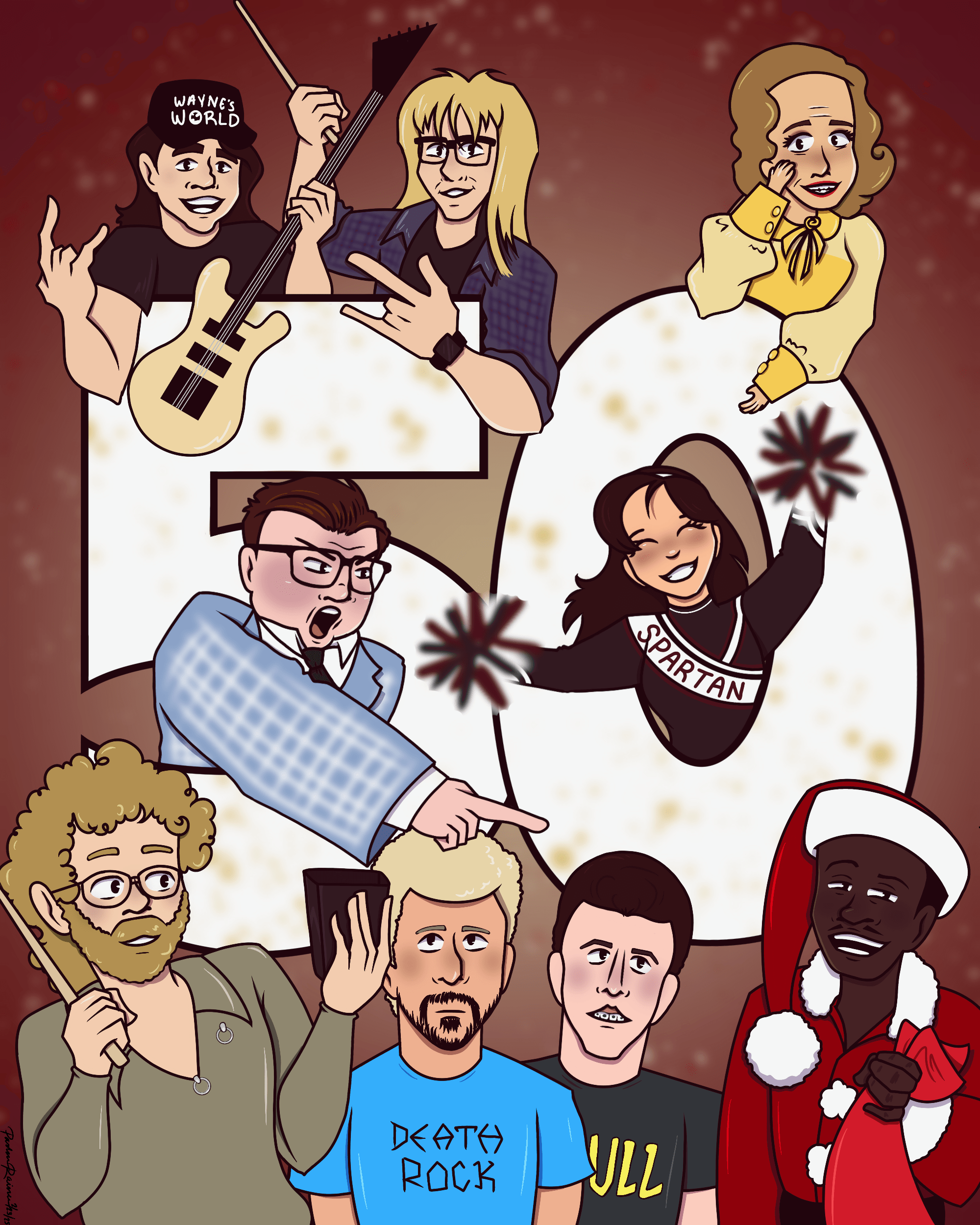The recent targeting rules implemented by the NCAA have been nothing short of a disaster. They have good intentions, but they are a disaster nonetheless. The core issue with the rules can be broken down into two main categories: the first being that fans do not understand the rule, and the second being that it is very difficult to officiate.
To tackle the first issue, any fan must educate him or herself before speaking blindly and boldly about how terrible the officials are. One thing that often causes confusion is that there are two types of targeting. The average football fan most likely does not know this. The first type of targeting is on a runner. This is when a tackler leads with the crown of his head, and contrary to popular belief, it does not have to be head to head contact.
The second type of targeting is on a defenseless player. This would encompass any receivers that have not yet maintained possession of the ball and had time to “make a football move” with the ball. Quarterbacks could also be considered defenseless in many cases. This is when the contact to the head comes into play. In this instance it does not matter if the defender leads with the crown of his helmet, the deciding factor is that the defender makes forcible contact above the shoulders of a defenseless player.
Now that we have the rule itself defined, let’s take a look at how it is officiated. The core problem of the entire rule is that it is nearly impossible to officiate correctly 100 percent of the time. Leading with the crown of the helmet is fairly obvious in most cases, but oftentimes, the other type of targeting is a judgement call for the officials. They must take into account if the player was defenseless, if there was contact to or above the shoulders, if that contact was forcible and so on. There are so many parts of this rule that are not defined clearly enough for the officials.
This causes a real problem because of how officials are graded on their games. In most cases, officials will be criticized more severely for missing a target call than they would for making a call on a play that was not really a foul. This forces officials to make every borderline call and review them. The penalty for targeting is a 15-yard personal foul, and the player guilty of the foul is ejected for two halves of play. If the play is reviewed and it is determined that the player did not commit a targeting foul, then the ejection will be overturned, but the 15-yard penalty will stand.
In my mind, that rule defies all logic and common sense. If the ejection is overturned, why does the yardage penalty stand even after the officials admit that they made the wrong call on a review? This is by far one of the faultiest rulings that I have ever seen.
I understand that the rule is in place for the safety of the athletes, but the targeting rule needs some serious overhaul. Fans should stop complaining all the time, because the officials do not have it easy. With that, the NCAA doesn’t put the officials in a good spot to start with. In my opinion, they should keep the rule because it makes the game we all love safer for those who play it, but the NCAA needs to take a serious look at clarifying the rule and making it easier to understand and ultimately officiate.
By Mitchell Emrich, guest writer





